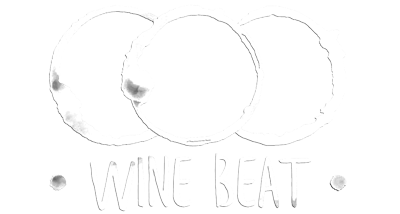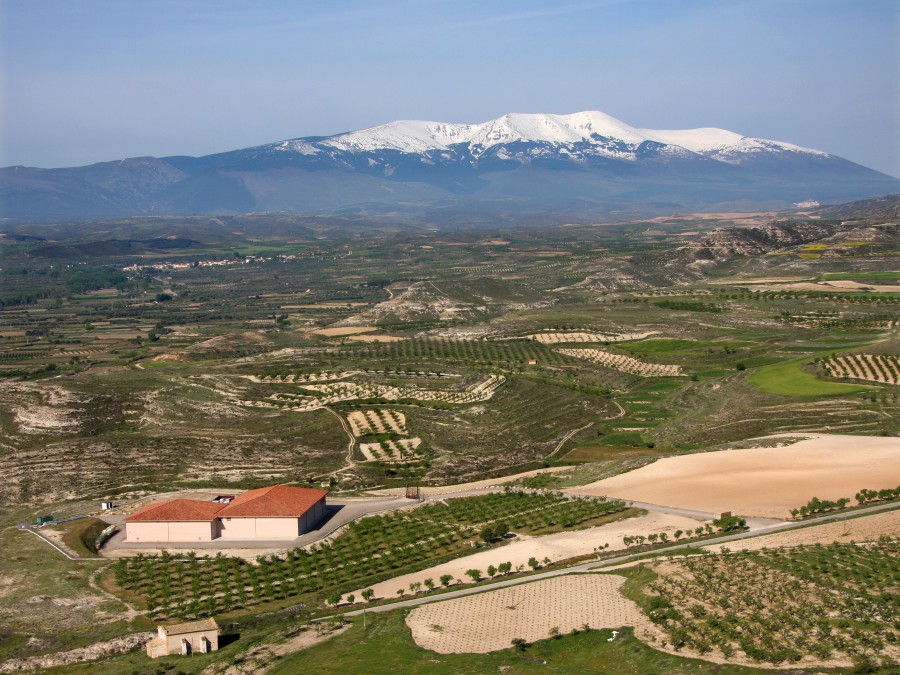 The vineyards of Bodegas Alto Moncayo with the Moncayo mountain in the background. The regional mountain ranges have a significant effect on the climate in these high altitude vineyards.
The vineyards of Bodegas Alto Moncayo with the Moncayo mountain in the background. The regional mountain ranges have a significant effect on the climate in these high altitude vineyards.
Campo de Borja shares the upper reaches of the Ebro River with two much larger and better known neighbours, Rioja and Navarra. It also shares some geographic characteristics with these regions but, while Rioja is largely personified by Tempranillo and Navarra has developed a reputation for a wider palate of Spanish and international grape varieties, Borja is really all about Garnacha (Grenache). Of course there are several regions in Spain that are producing high quality Garnacha wines including places with more star power like Priorat. But Campo de Borja has built a reputation for very attractive, powerful Garnacha wines based on its distinctly cool climate. The Borjanos like to call this region “The Kingdom of Garnacha”.
History And The Vine
The history of winemaking goes back into the mists of time. It is believed that the Romans introduced winemaking but, as in other parts of Spain, the history becomes fuzzy during the time of the Moors who discouraged wine. Some of the oldest vineyards of the region date to at least around 1100 AD which is not too long after the time that the Christian forces pushed the Moors out of this part of northern Spain. Since then winemaking has been a cornerstone of local culture, with monastic orders playing a large role in the planting of vines and the expansion of winemaking.
Vineyards are typically trained in the bush (or goblet) style and often boast 50+ year old vines. These old vines together with the particular climate of the area contribute to the high quality of many of the wines. These high plateaus are cold and dry in the winter but moderated with warmer Mediterranean influences in the summer. The vines have to be tough and the stress and strain of their existence is the basis for producing wines of character.
Why Campo De Borja For Wine?
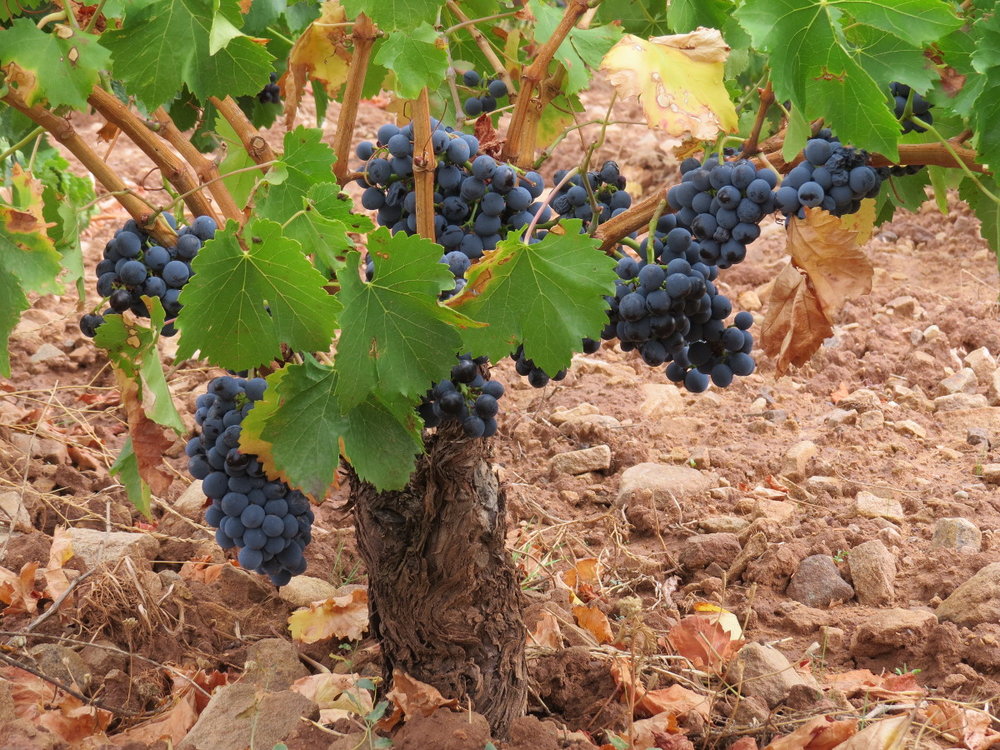
In Campo de Borja, Garnacha is king. There are other varieties grown here for blending with the Grenache such as Tempranillo, Cabernet and Syrah. And of course there are good white wines, made mostly with Macabeo grapes. But it’s remarkable and commendable that Campo de Borja has so diligently built its wine industry and its reputation on Garnacha.
It’s The Elevation (and the Garnacha)
The region is comprised of three geographic areas: (1) The lowest elevation area is in the northeast with altitudes of 350-450m. These wines mature earlier because of the milder climate and the wines are know for being warm and bold; (2) The mid-elevation area is in the middle of the region with altitudes of 450-550m and the vineyards are located on the terraced banks of the La Huecha River, a tributary of the Ebro. The wines are known for their structure and complexity; and (3) The higher elevation area in the southwest with altitudes of 550-700m. These vineyards are climbing the foothill slopes of Moncayo mountain and the wines are known for their subtlety and elegance.
Where Is Campo De Borja?
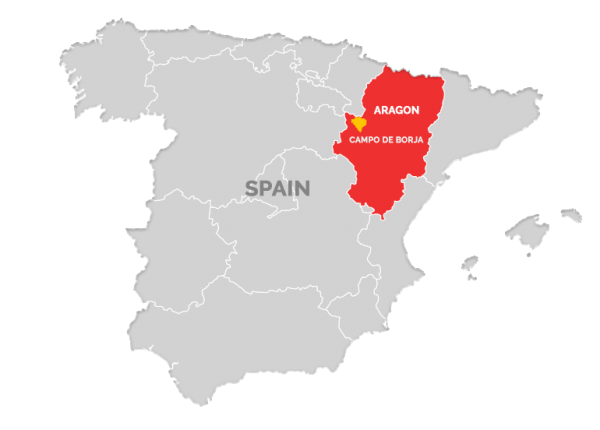 Campo de Borja is just to the southeast of La Rioja and immediately south of Navarra
Campo de Borja is just to the southeast of La Rioja and immediately south of Navarra
Borja is a very small region and is located within the Province of Zaragoza, part of the larger semiautonomous region of Aragon. We are getting quite far towards the northeast corner of Spain but far enough away from the Atlantic that moisture does not very often penetrate. There are three other fascinatingly small and diverse wine regions in Aragon: Calatyud and Cariñena just to the south and Somontano, some distance to the east on the flanks of the Pyrenees. There is rich wine touring in this area as you can easily travel between Rioja, Navarra, Campo de Borja and these Aragonese regions as part of a multi-day wine tour.
Who Are The Winemakers?
The winemaking fraternity is relatively small here and there are several cooperatives that are very active and producing excellent wine. The following is a sampling of some of the better-known producers from the region. Bodegas Alto Moncayo is known for its 100 point wines and Bodegas Borsao for some exceptional but reasonably priced wines.
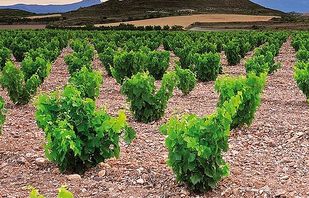
Typical bush vine Garnacha vineyard in Borja
Visiting Campo de Borja, Zaragoza and Aragon
A visit to this area might most likely be combined with wine touring in La Rioja. Your itinerary might have you traveling southward from Bilbao after taking in the beauty of that city and San Sebastian in the Basque country. The Txakoli white wines of the Basque country are a wonder of natural food pairing since they go so well with the stunning local cuisine. After the Basque country spend some time with the glorious Tempranillo wines of La Rioja and then the rosé (rosado) wines of Navarra. Then make your way onward to try the different expressions of Garnacha in Campo de Borja, Calatyud and Cariñena. From here it’s not too far to the great wine regions of Catalunya and a chance to cap off your trip in the unbeatable city of Barcelona.
Useful Links:

Map and photo credits: www.docampodeborja.com; Bodegas Alto Moncayo; Bodega Palmeri Sicilia
